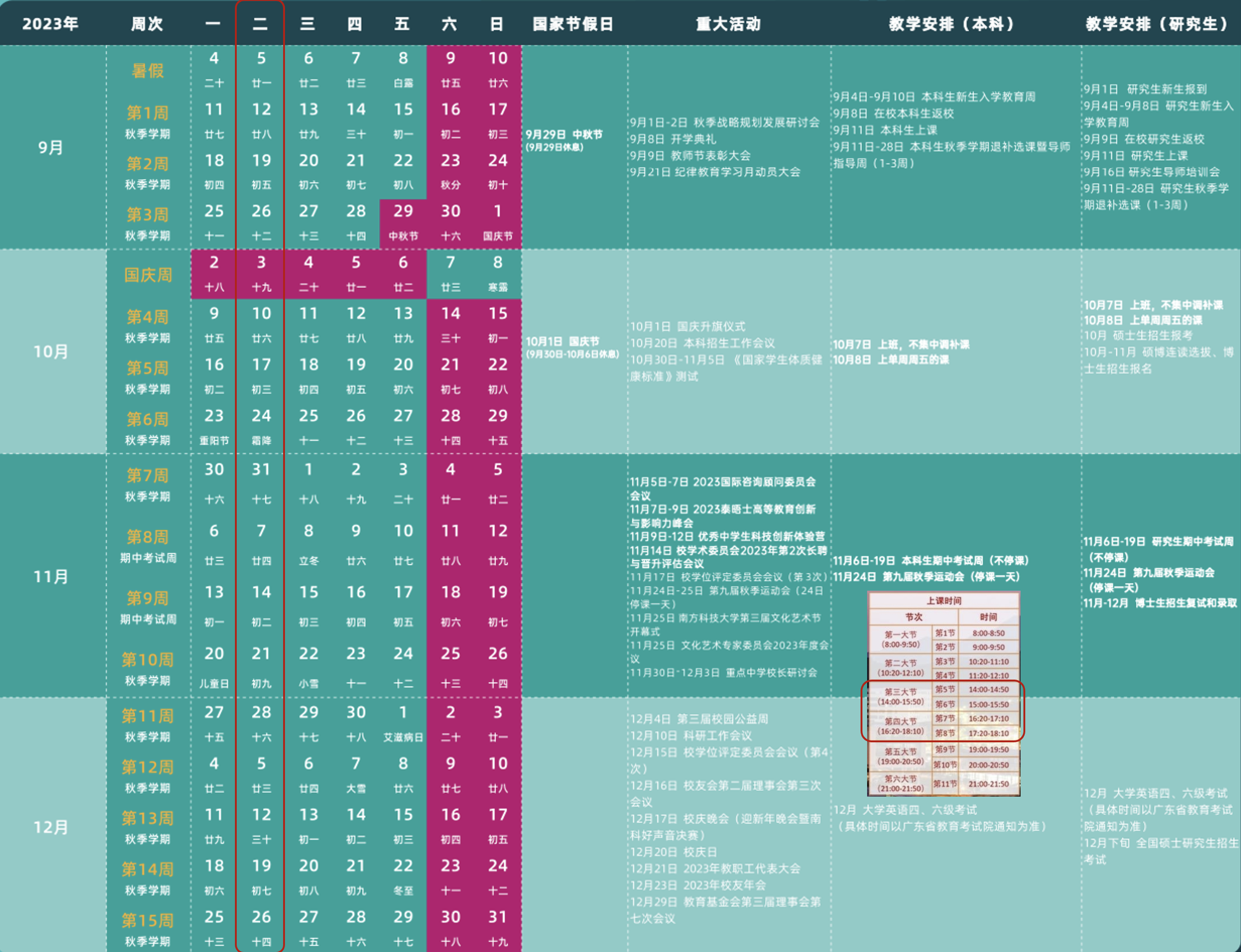Course Description|课程简介
“If we want technology to represent all of us, it needs to be created by all of us.”
This course aims to build a bridge between the discipline of design and that of artificial intelligence (AI). The course covers basic concepts and frameworks of artificial intelligence and its potential and implications, including machine learning, deep learning, data, and design process. This course is intended for design students aiming to shape AI products and services within human contexts and environments, leveraging AI technology such as foundation models, vision-based intelligence, and generative design into user, business, and social value, promoting the adoption of AI in design across disciplines. By the end of this course, the students should be able to communicate and collaborate with AI scientists and engineers while developing new product or service solutions with AI. The course will include field trips depending on availability and external collaborators, and the contents are subject to change to fulfill the course objectives.
本课程的目的是建立设计与人工智能的桥梁,涵盖了人工智能的基本理论概念和应用框架,包括机器学习、深度学习、数据、人工智能产品的设计流程。学生将学习和实践人工智能赋能的产品和服务设计,充分在设计中利用人工智能技术来创造用户价值、商业价值和社会价值,其中技术包括大模型、视觉智能、生成设计等。通过本课程的学习,学生能够与人工智能科学家和工程师交流与协作,完成AI赋能产品和服务的设计与开发。本课程可根据校外合作机构相关安排等情况组织实地考察,课程内容可能会根据课程目标和实际情况调整。

Learning Outcome|课程目标
At the end of this course, students will be able to:
在本课程结束时,学生将能够
- Spot and describe opportunities to leverage AI for users, business, and social value within a given context.
根据需求和场景发现人工智能技术在用户、商业、社会价值方面的创新应用。 - Demonstrate ability to align user needs and guard human values within algorithmic systems.
展示能够在智能算法系统中平衡用户需求与价值。 - Employ AI concepts in applied design practice.
应用人工智能开展设计实践。
Course Instructor & Teaching Support|教学团队
- Lead Instructor: Dr. Wan Fang, Assistant Prof. at the School of Design
- Office: Level 3, Block C1, Wisdom Park
- wanf@sustech.edu.cn
- Teaching Assistant: Zhang Rongzheng
- 2nd Year Master Student at the School of Design
- 12233197@mail.sustech.edu.cn
- Lecture Location: Room 1011, Level 10, Block C1, Zhiyuan, Tuesdays (1400~1810)
- Teaching Support:
- Dong Chengxiao:
- 2nd Year Master Student at the School of Design
- 12233194@mail.sustech.edu.cn
- Li Sen:
- 2nd Year Master Student at the School of Design
- 12233194@mail.sustech.edu.cn
Grading
- Form of examination: Letter Grading
- Grading policy:
- Attendance 10%: Signing the attendance sheet in class
- Final Project 70%: Only the Final Presentation is marked, but the Mid-Term review is an excellent point to make minor adjustments
- Report: in PDF and Source File (Word or Powerpoint).
- Video: demonstration of prototyping in MP4 format.
- Code, Data, and Script.
- Final Exam 20%: Open-book Exam (TBD). Further details are to be announced later.
- Short notice by the University, applicable to all 3rd year courses, first exam this year 🙁
Academic Integrity
- This course follows the SUSTech Code of Academic Integrity. This course’s students must abide by the SUSTech Code of Academic Integrity. Any work submitted by a student in this course for academic credit will be the student’s work. Violations of the rules (e.g., cheating, copying, non-approved collaborations) will not be tolerated.
Course Materials
- (1996) The Sciences of the Artificial (Third Edition) by Herbert A. Simon, The MIT Press. 「Read Online」
- (2019) AI meets Design Toolkit by Nadia Piet, online.「Read Online」
- (2014) About Face: The Essentials of Interaction Design by Alan Cooper.「Read Online」
- (2013) Designing Interactive Systems: A Comprehensive Guide to HCI, UX & Interaction Design (3rd Edition) by David Benyon.「Read Online」
- (2014) Design for Emerging Technologies by Jonathan Follett.「Read Online」
- (2007) The Design of Future Things by Don Norman.「Read Online」
- (2014) Contextual Design: Design for Life by Karen Holtzblatt.「Read Online」
- (2017) Value Proposition Design: How to Create Products and Services Customers Want by Alexander Osterwalder.「Read Online」
- https://www.interaction-design.org/
- Nielsen Norman Group.「Read Online」
- (2014) Ways of Knowing in HCI edited by Judith S. Olson and Wendy A. Kellogg.「Read Online」
Reading Materials
- Artificial Intelligence Driven Design by Joël van Bodegraven & AI Expert Collaborators: 「Read Online」
- Vol 1: AI-Driven Design
- Vol 2: Training AI with Design
- Vol 3: Make Society Safer with Design and AI
- Vol 4: Design Challenges in Machine Learning Products
- Vol 5: Progressive Web Apps: The Future of the Mobile Web
- Vol 6: The Superpowers of the Web and Native Apps Combined
- Consulting Reports by McKinsey & Company:
- The Economic Potential of Generative AI: The Next Productivity Frontier|「Full Report」「Read Online」「Listen Online」
- The State of AI in 2023: Generative AI’s Breakout Year|「Full Report」「Read Online」「Listen Online」
- AI Index Report 2023 by Stanford Institute for Human-Centered Artificial Intelligence (HAI)
- 2023 Artificial Intelligence Index Report|「Full Report」「Read Online」「Public Data」「2022」「2021」「2019」「2018」「2017」
- Global AI Vibrancy Tool|「Check Online」
- 2023 State of AI in 14 Charts|「Check Online」
- AI Benchmarks Hit Saturation|「Check Online」
- Reports and News by IEEE Spectrum
- 10 Graphs That Sum Up the State of AI in 2023|「Full Report」「Read Online」「Listen Online」
- What Software Engineers Should Know About AI Jobs Today|「Full Report」「Read Online」「Listen Online」
- THE AI APOCALYPSE: A SCORECARD|「Full Report」「Read Online」「Listen Online」
Lecture Notes
| Week | Date | Tuesday Session 1 (Room 1011, Level 10, 1400~1550) | Tuesday Session 2 (Room 1011, Level 10, 1620~1810) | Deliverables |
|---|---|---|---|---|
| 01 | Sep 12 | Lecture 01: AI in Design (AIID) | Lecture 02: Course Introduction | |
| 02 | Sep 19 | Lecture 03: Intro to Data and ML | Lecture 04: AIID+Sound | |
| 03 | Sep 26 | Lecture 05: AIID+Image | Lecture 06: Artificial Neural Network | Course Selection Ends |
| 04 | Oct 10 | Lecture 07: AIID+Body | Lecture 08: AIID+Modeling | |
| 05 | Oct 17 | Lecture 09: AIID+Text | Workshop 01: Case Review | |
| 06 | Oct 24 | Lecture 10: AI Meets Design I | Workshop 02: Value proposition design | |
| 07 | Oct 31 | Lecture 11: AI Meets Design II | Workshop 03: LangChain | Submit Mid-Term Presentation before Sun Nov 05 @ 23:30 |
| 08 | Nov 07 | Workshop 04: Interim Review | Workshop 05: Practice | Mid-Term Presentation in-class |
| 09 | Nov 14 | Lecture 12: Tech Demo with Aliyun | Workshop 06: Practice | |
| 10 | Nov 21 | Lecture 13: AI Risk Management | Ref | Workshop 07: Practice | |
| 11 | Nov 28 | Lecture 14: Tech Demo with Aliyun | Workshop 08: Practice | |
| 12 | Dec 05 | Lecture 15: Tech Demo with Aliyun | Workshop 09: Practice | |
| 13 | Dec 12 | Workshop 10: Practice | Workshop 11: Practice | |
| 14 | Dec 19 | Workshop 12: Practice | Workshop 13: Practice | |
| 15 | Dec 26 | Workshop 14: Final Review | Workshop 15: Final Review | Final Presentation in-class |
| 16 | Jan 02 | Lecture 16: Course Review | Workshop 16: Course Review | Submit Final Project Files before Friday Jan 12 @23:30 |
| 18 | Final Exam | Stay Tuned … |
Course Project
- Use the AI Meets Design toolkit to design a service product leveraging the power of artificial intelligence.
- Adopt the Platform of Artificial Intelligence by Aliyun to prototype and implement your design into a demonstration.
- Organize your development into a Final Report to present in class.
Mid-Term Review on Al Meets Design
Submit before Sun Nov 05 @ 23:30 | Present on Tue Nov 07 in-class
- Prepare three ideas about what you would like to develop and explain each idea in one slide.
- You are encouraged to adopt the methods taught in class, including User-centered Problem Solving, Tech-driven Opportunity Spotting, Data-driven Opportunity Spotting, as well as the AI Prompt Card Deck, for ideation.
- Use the Impact Matrix plot to select one idea from the three and present your analysis in one slide.
- Plot your generated ideas on an impact matrix and assess your choice based on the Estimated User Value (Desirability and Feasibility) and the Machine Learning Investment Required (Responsibility and Viability).
- Use the Value Proposition Design worksheet to develop your chosen idea and present it in one slide.
- Draft your value proposition statement and iterate it as you learn more about your user and solution. Use the Design for Happiness Deck from the Delft Institute of Positive Design to ensure you’re designing for human values and well-being.
- Use the Plotting Your Model worksheet to develop your concept and form a rough idea of the variables in one slide.
- Organize your model in a flowchart to clarify the inputs, outputs, and logic required for our model to create value and investigate our assumptions and unknowns in the process. Be sure that you have access to the data as input and formulate your output.
- Present your slides by combining the above for Mid-Term Review and share your thoughts with the rest of the class.
- Feel free to add slides or background information to the above slides to enrich your presentation and storytelling. While keeping the above slides is required for the review process, having further information added is always a better choice to connect to your audience.

Final Review on AI Meets Design with Aliyun
Final Review on Tue Dec 26 in-class | Submit before Tue Jan 02 @ 23:30
- A Video Presentation:
- Video (20%) in MP4 format + Slides in PDF and Source File (PowerPoint or Keynote)
- Make sure to reflect the AI Meets Design methods in your report
- 1280×720 is preferred for the Video, and it should be limited to 6 minutes and 55 seconds
- A Report with Code:
- Report (40%) in PDF and Source File (Word or Latex) + Code (10%) in a Zip
- Use Aliyun’s Platform of Artificial Intelligence (PAI) to build the prototype with demos
- This should also be a major component of your report to explain, record, and report your prototype and demos in terms of design process and implementation details.
- Your description of the prototype should match your code.
- It should include what you have presented during Mid-Term Review, and key milestones developed after:
- Use the Confusion Matrix worksheet to map the impact of correct and false predictions.
- Use the Benchmarking worksheet to define when your models are or aren’t “good enough” to provide value to the users.
- Use the UX of AI Challenges worksheet as a design material in designing intelligent, adaptive, and (semi-) autonomous systems.
- Use the Value Polarities worksheet to capture design tension and iterate on the terms as you go to capture their essence.
- Use the Consequence Wheel worksheet by asking “if this then what” to consider various difficulties from the middle to the outer layers.
- Besides the above, similar to the Mid-Term Review, you are encouraged to add further content with an organized structure to include the above contents into a coherent report with sufficient breadth and depth.
Course Calendar

Final Exam
TBD